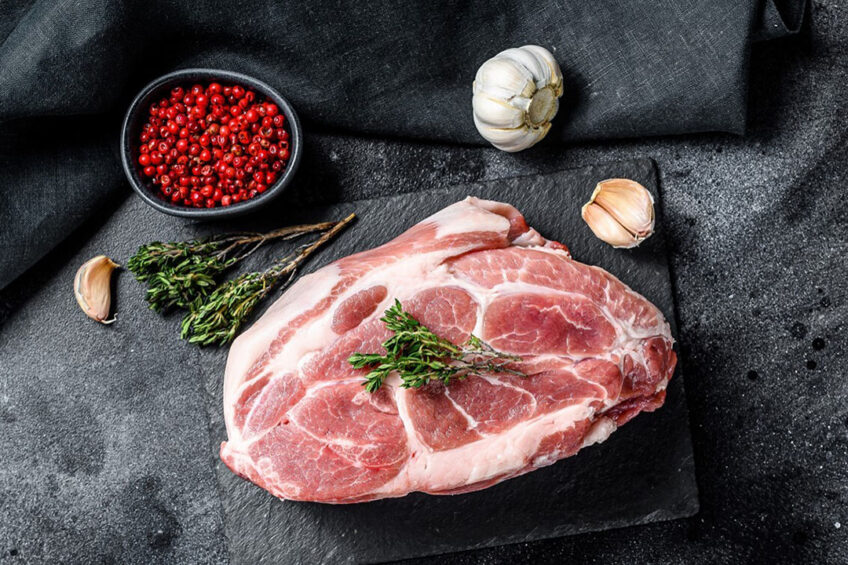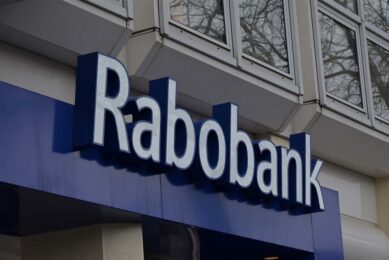Enhancing the quality of pork meat

What counts as high quality meat depends somewhat on the market. It is clear that elements like taste, flavour, colour and appearance all play a role. Lipids play an important role in all these characteristics. How can that be influenced?
Pork has always been a popular meat. Easily preserved by salting or smoking, it can be enjoyed in a wide array of dishes featuring fresh or processed cuts. In fact, worldwide people eat more pork than any other animal protein. Today, consumers and processors are demanding products that respect animal welfare and are healthier and tastier with longer shelf life.
A complex issue
Numerous genetic and environmental factors make managing the quality of pig carcasses and pork a complex issue. Also, other factors such as breed and heredity as well as the processes involved in breeding, slaughtering, meat processing and storage must be taken into account. That is why the meat industry is focusing its efforts on enhancing production efficiency through genetics and processing facilities, while improving environmental control to provide high quality standards and food safety.
Quality criteria
There is no single definition of high quality meat in today’s pork industry: subjective and objective assessments vary depending on the market. Still, some quality criteria are fairly universal such as pH, colour, tenderness, water-holding capacity and chemical composition.
Lipids play an important role in pork quality. They confer many desirable characteristics
Consumers judge quality by taste and flavour, texture, juiciness and tenderness. The meat’s overall colour and visual appearance are also important. Lipids play an important role in pork quality. They confer many desirable characteristics – such as flavour and aroma profile, tenderness and juiciness – to all types of meat. On the flipside, when lipids oxidise, the quality suffers: oxidation negatively impacts product texture, colour, flavour, nutritional value and safety, affecting consumer acceptance and limiting shelf life.
The antioxidant solution
Oxidative rancidity in meat begins to develop at the time of slaughter, when blood flow is interrupted and the metabolic processes are blocked. It is a rather complex process in which unsaturated fatty acids react with molecular oxygen via free-radical chain-forming peroxides. It goes without saying that controlling and minimising lipid oxidation in meat and meat products is one of the industry’s number one priorities.
As part of the antioxidant system, zinc is an essential nutrient that can help control this oxidation and limit its negative impacts. In order to answer this challenge, a study which is about to be published was carried out on finishing pigs to measure the effectiveness of zinc chelate/complex of glycine hydrate (B-Traxim 2C Zn) by Pancosma. Pigs fed a diet enriched with this product demonstrated reduced water loss and lipid oxidation. Thus zinc supplementation in the form of zinc glycinate can help improve meat quality, potentially enhancing taste and flavour properties and increasing the shelf life of meat products.
The author can be reached at celine.robin@pancosma.com.
 Beheer
Beheer








 WP Admin
WP Admin  Bewerk bericht
Bewerk bericht